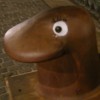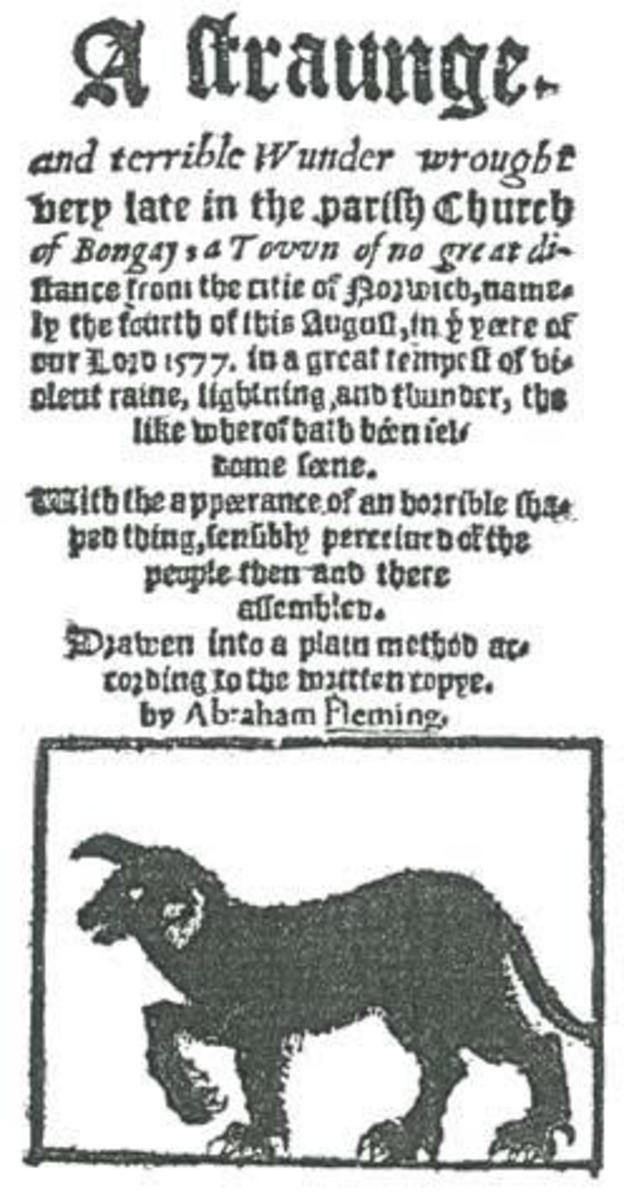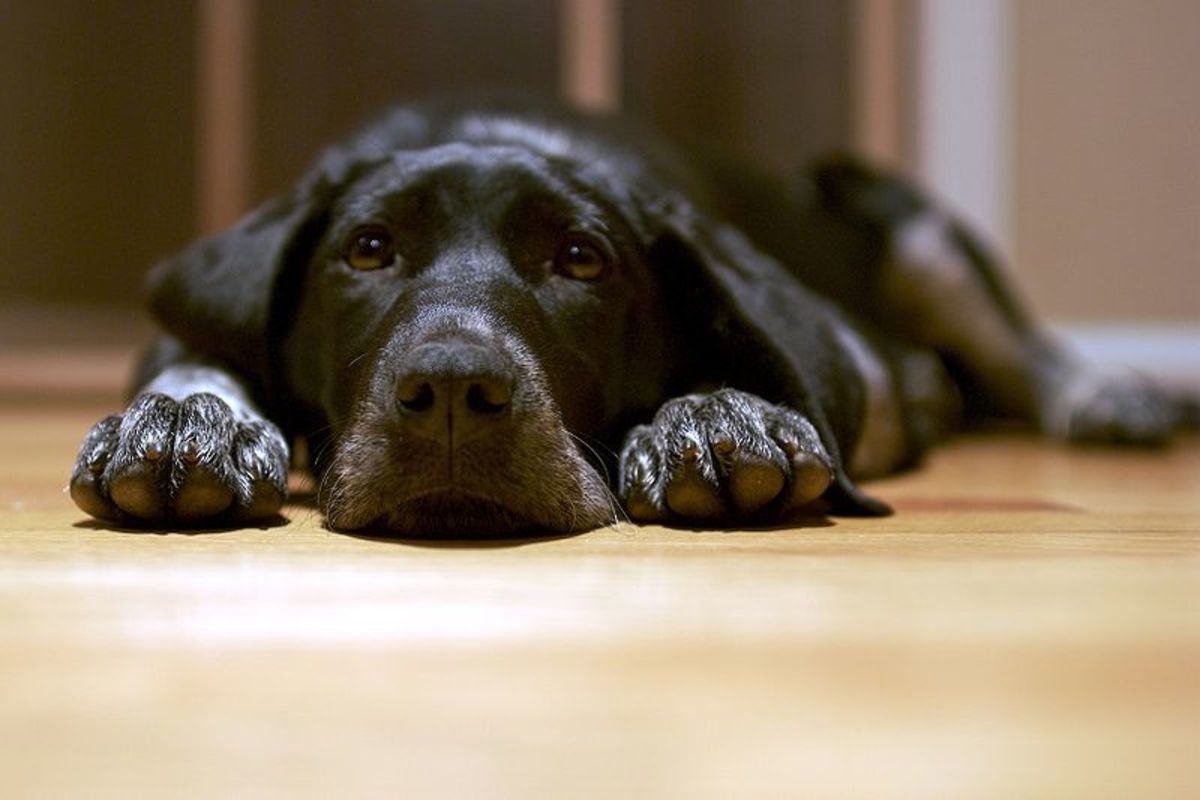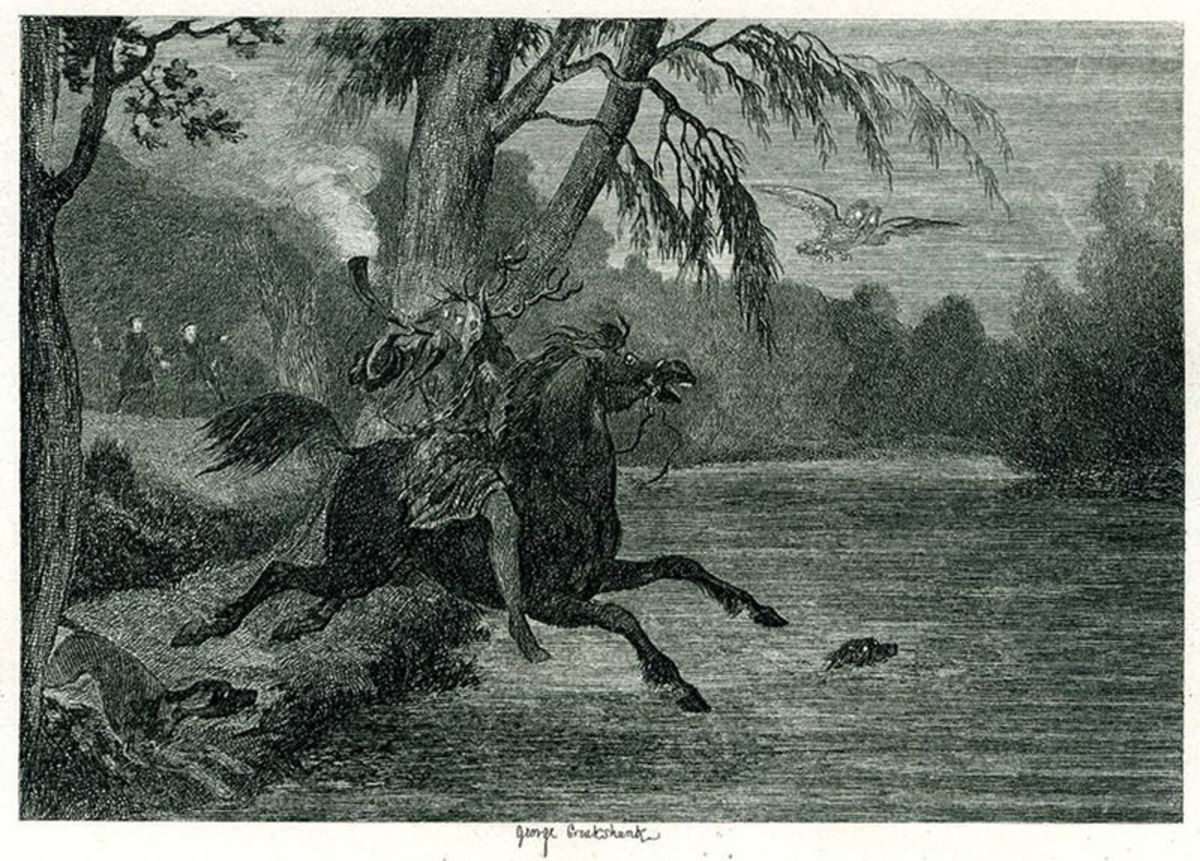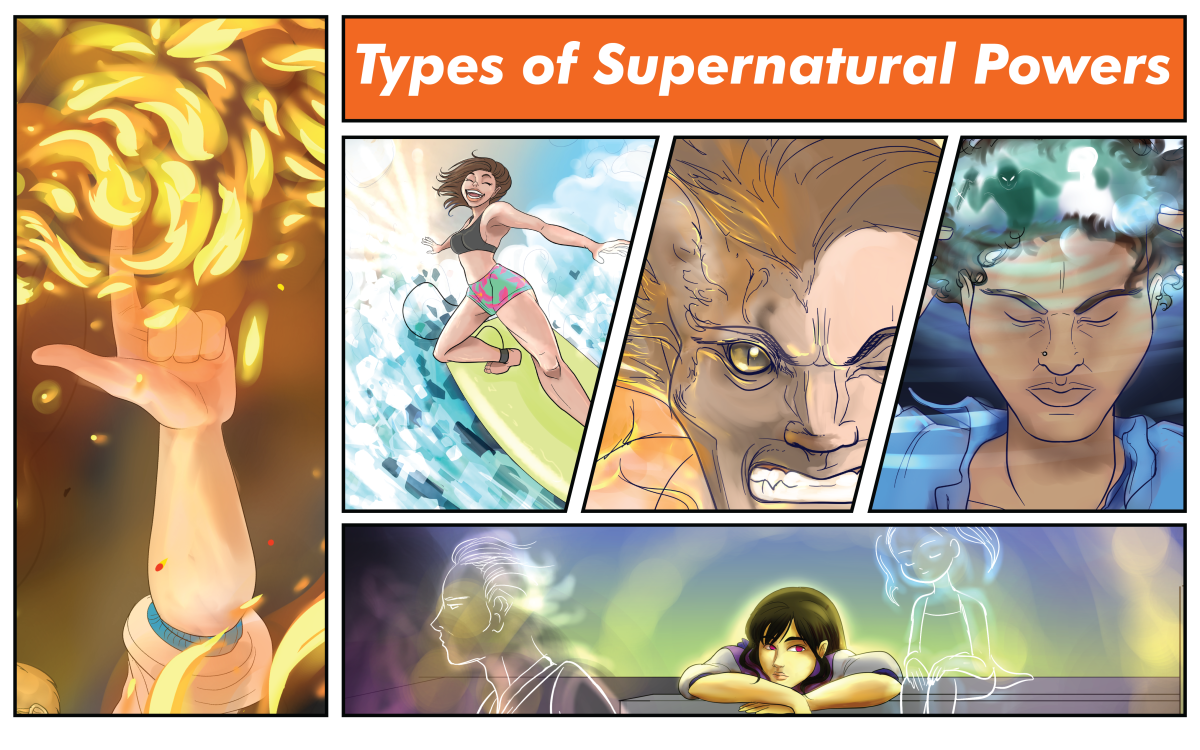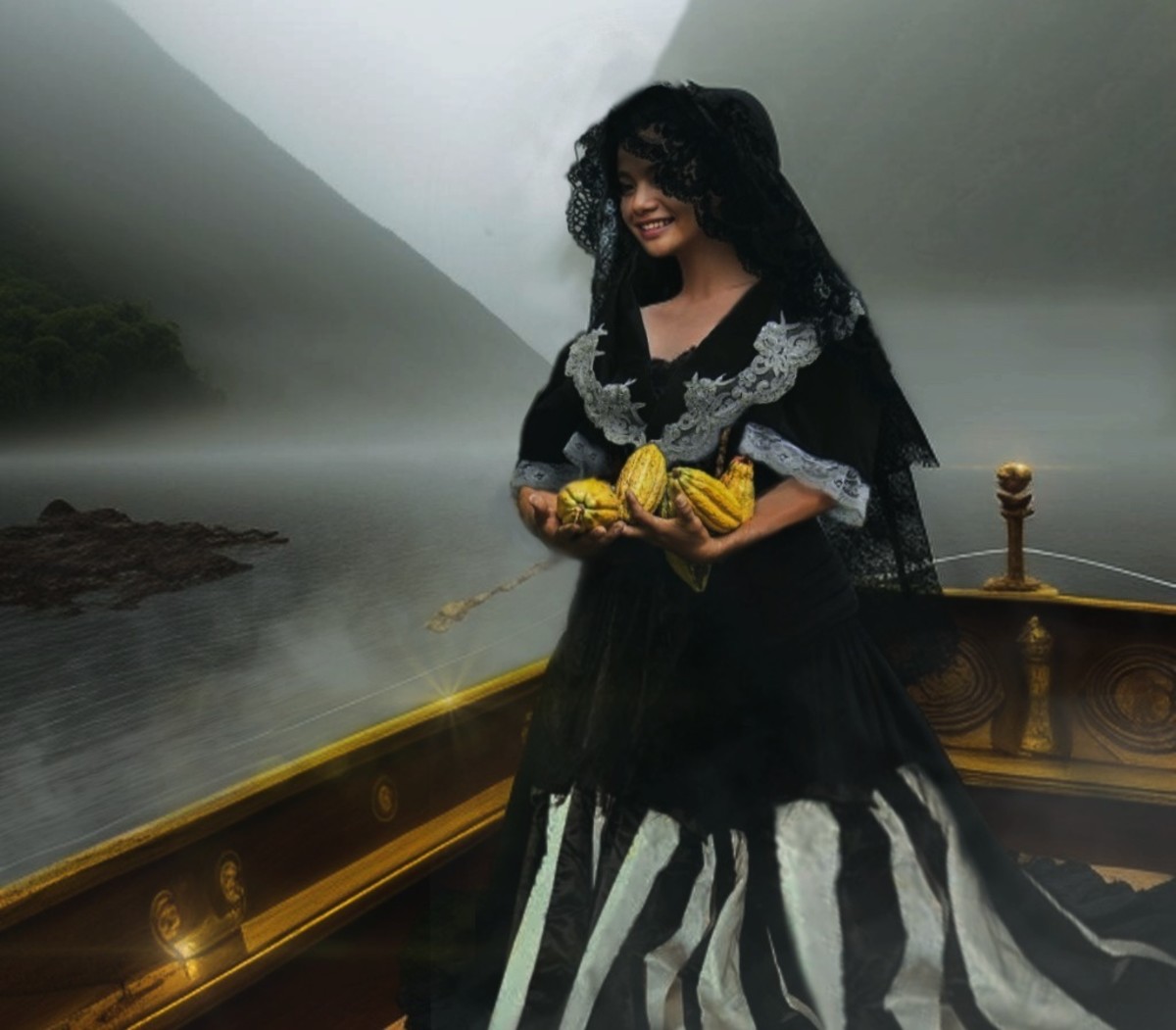Black Dogs
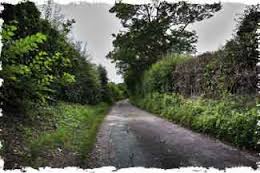
If you see a Black Dog you will die.
Say old tales.
This is not a normal black dog, no household pet or feral Fido.
It's abnormally large, perhaps more like a wolfhound, and has large glowing eyes, as do other mysterious animals associated with what John Keel called The Phenomenon.
It may be malevolent or it may be benevolent. But it pads silently and may vanish abruptly leaving no trace, not even the sort you find on your shoes at precisely the wrong moment.
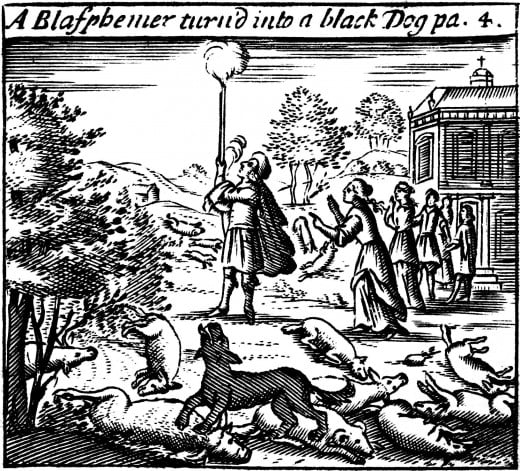
The Black Dog, a supernatural being seen all over the world but mainly in the British Isles, is often associated with the Devil, who in turn is sometimes encountered as a man dressed in black, like a puritan preacher, but never with a Black Dog on or off a lead.
Like some other apparitions the Black Dog tends to be associated with electrical storms, with places of execution and ancient pathways.
Many Black Dogs are considered malevolent but some are said to behave benevolently. They are normally unusually large and have large glowing eyes, a feature shared with other aspects of what John Keel called the Phenomenon.
In European Mythology supernatural dogs tend to be associated with death: Cerberus in Greece and Garm in Scandinavian mythology guarded the underworld and may have given rise to the notion of the Black Dog while in Ireland the Hounds of Annwn, white with red ears and associated with the Wild Hunt, were regarded as portents of Death.
Although normally considered a peculiarly British phenomenon of the past [4] the Black Dog is known in many other countries and is still being reported today [3].
It is hardly surprising that the black dog is considered malevolent. Meeting a calf size dog with red eyes at midnight one is unlikely to think immediately that it is looking to love and affection.
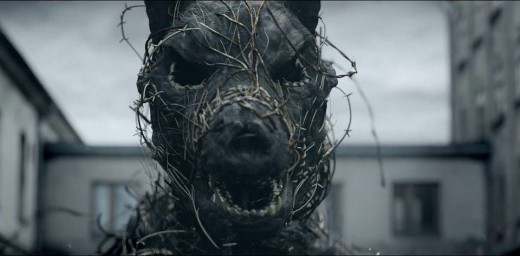
Solitary Black Dogs
There are legends of theDevil agreeing to build a bridge in return for the soul of the first creature to cross the bridge and being fooled when the one who commissioned the bridge induced a dog to be the first to run across the bridge (One wonders why he never learns). As a result he must have accumulated a large number of dogs, which may have come back as Black Dogs, such as the one haunting a bridge in Swaledale and another haunting a humpbacked bridge in Ivelet, allegedly at a point on the path used to carry the dead for burial.
The earliest known report of a black dog was in France in AD 856, when one materialised in a church even though the doors were shut. The church grew dark as it padded up and down the aisle, as if looking for someone. The dog then vanished as suddenly as it had appeared [1]
The Black Dog of Bungay, known as Black Shuck and identified of course as the Devil in canine form, appeared, in the local church, in 1577 during a spectacular and terrifying thunderstorm and ran round the church, killing some of the congregation, who were praying for deliverance (well, in a way they got what they prayed for), then ran off, allegedly to Blythbrook Church twelve miles away where it killed more people and left scorch marks in the church door, attributed to its claws. Bungay Church was damaged, the tower was struck by lightning and two men in the belfry were killed.
Since there was a long held belief that a satanic black dog haunted the area the apparition may have been created in the minds of the congregation. Or it could have been ball lightning. Or something else. We will never know.
Somerset's Quantock Hills had the frequently seen Gurt Dog, the Isle of Man had the Moddey Dhoo [5] and Ireland had the Pooka [5], though this seems to have been a trickster spirit that sometimes too the form of a Black Dog.
At Alveston in South Gloucestershire , Ploughboy Charles Walton, met a phantom black dog on his way home on nine successive evenings. On the final occasion a headless lady in a silk gown rushed past him, and the following day he heard of his sister's death.
Many years later in 1945 the murder of farm worker Charles Walton on 14th February 1945, which had overtones of a ritual killing or sacrifice of a 'cunning man', was accompanied by a black dog being hung in a nearby tree. It is not certain the two Charles Waltons were the same person.
In 1960 a Somerset black dog appeared to two people who both died soon after. East Anglia, Essex and Buckinghamshire all have examples of phantom dogs which disappeared in dramatic flashes, in one case burning to death a farmer, his horse and wagon [5].
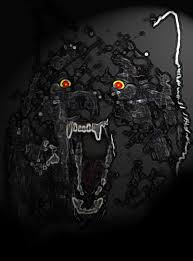
Packs of Black Dogs - the Wild Hunt
In 1127 a rapacious Abbot called Henry of Poitou was appointed to Peterborough Abbey. Soon afterwards many people saw and heard many hunters hunting. The hunters were black and big and loathsome, and their hounds all black and wide eyed and loathsome, and they rode on black horses and black goats. Such a wild hunt was reported at a similar time in the Welsh Marches by Walter Map, writing about 1190.
Packs of spectral hounds, with or without hunters, have been seen all over Europe, and are generally known as the Gabriel Hounds or Gabble Retchets in Britain, and as the Wild Hunt in Germany and Woden's Hunt in Scandinavia. These wild hunts may also link to the Welsh tales of Cwm Annwn [5]. After the Wild Hunt had passed, some legends say, a small black dog would be left behind and had to be cared for by the finders for a year if they could not exorcise it or trick it into leaving [8].
It is possible of course that these hunts were carried out by real people, perhaps med up to look scary in order to scare the locals into staying in at night just as after slavery ended groups of white people posed as ghost riders and terrified the Black population. The hunts here may have been created as a rumour in order to let criminals go about their employment.
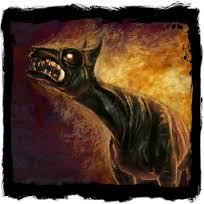
Psychological aspects and varieties of Black Dog
The dog is often considered the first animal domesticated by humans, a relationship traceable to the palaeolithic era[9]. It has long been associated with the underworld both as a guardian and as a guide. As a guardian of boundaries it may be inimical to Trickster who tends to live at boundaries and crossroads or just another avatar of Trickster. Hecate, Greek goddess of magic and crossroads was once shown as dog headed and her pet was the multi headed dog Cerberus. Hela, goddess of the Norse underworld had the dog Garm as guardian of her realm.
Jung noted that black entities in dreams tended to represent unacknowledged or repressed elements of a personality and in Jungian terms dogs represent instincts, and male energy, so from a psychological viewpoint the Black Dog, whether seen in real life or in dreams, may represent repressed instincts that threaten to overwhelm ones control. This is consistent with encountering the devil as a man dressed in black and the experience of the black dog as unusually large and strong, sometimes baying or barking and occasional fire aspects, which may also be trickster related.
The Black Dog has similarities to the werewolf and appears in Hans Christian Anderson's tale The Tinderbox where a soldier encounters dogs with ever larger eyes on his quest for a tinderbox and black Blues guitarist Robert Johnson who was said to have got his musical ability from the Devil sang about it the Black Dog in the 1930s. It appears during thunderstorms and seems to be more common on man made roads, graveyards, and moorland. The Black Dog's sex is not known and is probably of interest only to other Black Dogs.
Folklorists love to classify Black Dogs. There are shape-shifting demon dogs, calf sized dark black dogs with shaggy fur and dogs that appear in conjunction with ancient festivals. Another classification splits them into demon dogs and human and canine ghosts. Some have fiery red eyes.
Are any of these real animals? Anomalous Big Cats have been sighted for decades and some corpses have been found.
Are some black dogs real
"Cry 'Havoc!', and let slip the dogs of war".
Shakespeare, Julius Ceasar, Act 3, scene 1
Shakespeare uses The Dogs of War to refer to the military, and today some refer to police as “dogs” but actual dogs have been used in warfare since around 600 BCE and proved especially effective against cavalry. Later the Romans used specially bred dogs in combat and one possibility mentione as a comment in [10] is that some of these escaped or were abandoned when the Romans left. Their favourite Dog, Canis Mollosus is considered the precursor of the Mastiff, St Bernard Great Dane and other breeds and was probably descended from the Tibetan Mastiff, one variety of which was said to be as big as a donkey [12]. This hypothesis is strengthened by the discovery of the skeleton of a giant dog in 2014 in Suffolk where the Black Dog of Bungay ravaged in 1577 [13]
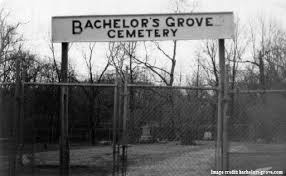
In Brief
The Black Dog seems to be a long standing archetypal apparition representing repressed instincts and fears of primal urges. It appears world wide and represents the long standing associations between humans and dogs and between dogs and the underworld or unconscious and so with death.
Usually solitary the Black Dog sometimes occurs in packs as the Wild Hunt.
Often a portent of death sometimes, as with the Black Dog of Bungay, a killer, the Black Dog is still seen today.
The association with thunderstorms may relate to brain activity disturbances caused by intense electrical activity and this may also explain the association with water, though not with man made roads or moorland. As usual much more research is needed.
It is possible that Black Dogs are a memory of real war dogs loose in the countryside.
Further reading
-
McNab, Chris "Mythical Monsters: The scariest creatures from legends, books, and movies" in Scholastic Publishing 2006, pp. 8-9. cited in Wikipedia
-
This magazine mentions (p.14) 21st century reports of Black Dogs presented to the Assap Conference 2011
-
Black Dogs in Folklore: Bob Trubshaw
-
Is this the skeleton of legendary devil dog Black Shuck who terrorised 16th century East Anglia? Daily Mail
